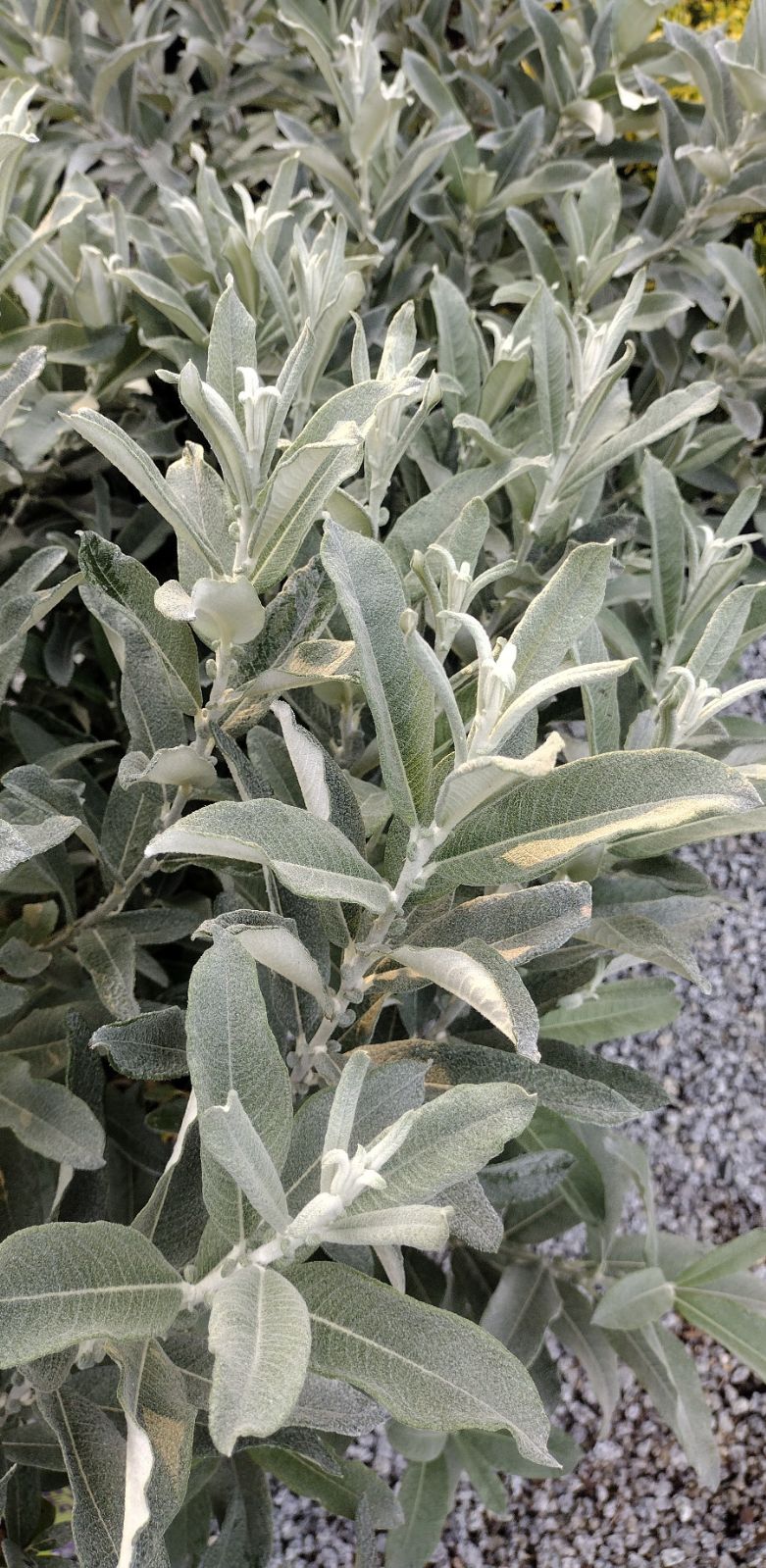Salix candida
Credits
Article from Bean's Trees and Shrubs Hardy in the British Isles
Recommended citation
'Salix candida' from the website Trees and Shrubs Online (treesandshrubsonline.
Infraspecifics
Other taxa in genus
- Salix aegyptiaca
- Salix alba
- Salix amygdaloides
- Salix arbuscula
- Salix arbutifolia
- Salix arctica
- Salix aurita
- Salix babylonica
- Salix bockii
- Salix 'Boydii'
- Salix caesia
- Salix caprea
- Salix cinerea
- Salix cordata
- Salix daphnoides
- Salix discolor
- Salix elaeagnos
- Salix exigua
- Salix fargesii
- Salix fragilis
- Salix glabra
- Salix glaucosericea
- Salix gracilistyla
- Salix hastata
- Salix herbacea
- Salix hookeriana
- Salix humboldtiana
- Salix irrorata
- Salix japonica
- Salix jessoensis
- Salix lanata
- Salix lapponum
- Salix lasiandra
- Salix lindleyana
- Salix lucida
- Salix magnifica
- Salix matsudana
- Salix × meyeriana
- Salix × mollissima
- Salix moupinensis
- Salix myrsinifolia
- Salix myrsinites
- Salix myrtilloides
- Salix nakamurana
- Salix nigra
- Salix nigricans
- Salix pentandra
- Salix petiolaris
- Salix phylicifolia
- Salix purpurea
- Salix pyrenaica
- Salix pyrifolia
- Salix repens
- Salix reticulata
- Salix retusa
- Salix rigida
- Salix × rubra
- Salix sachalinensis
- Salix scouleriana
- Salix × sepulcralis
- Salix × sericans
- Salix sericea
- Salix silesiaca
- Salix starkeana
- Salix × subalpina
- Salix triandra
- Salix uva-ursi
- Salix viminalis
- Salix wilhelmsiana
A shrub up to 5 or 6 ft high of stiff, erect habit, the young shoots covered with a close, white wool. Leaves linear to narrow-oblong, tapered at both ends, 11⁄2 to 41⁄2 in. long, 1⁄8 to 7⁄8 in. wide, upper surface wrinkled, at first white with down which afterwards falls away, leaving it dull green, lower surface permanently covered with a thick tomentum of fine, matted hairs, margins decurved, obscurely toothed or entire; stalk 1⁄8 to 1⁄2 in. long. Stipules small and deciduous, except sometimes on strong shoots. Catkins produced in April as the leaves unfold, cylindric, densely flowered, almost sessile; scales pale brown. Male catkins about 1 in. long; stamens with free, glabrous filaments and purplish red anthers; nectary one. Female catkins 11⁄2 to 21⁄2 in. long in fruit; ovary downy, conic-ovoid, shortly stalked; style elongate, slender, reddish or purplish.
Native of North America from Labrador to British Columbia, south to Philadelphia, Iowa and Colorado; introduced in 1811. This distinct and hardy species is worth growing for the vivid whiteness of its young leaves.
'Jetberg'
Synonyms / alternative names
Iceberg Alley

